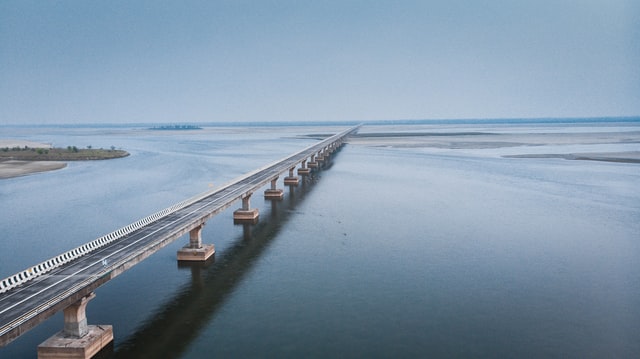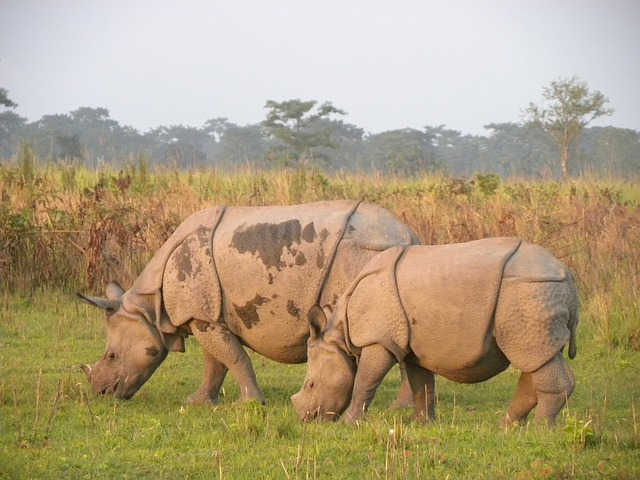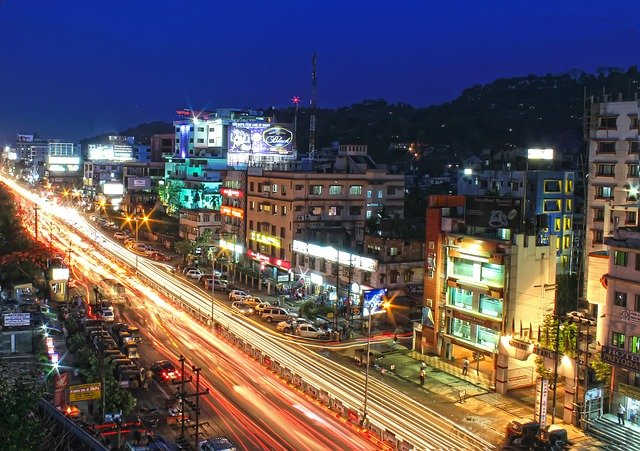Assam is a state in the northeastern region of India. Famous for its wildlife and tea gardens, Assam attracts a lot of tourists, both from within and outside India. Let’s learn some interesting facts about Assam state.
Assam state facts
Overview
Assam is the most populous state in northeastern India, though it is the second-largest state in terms of area after Arunachal Pradesh. Assam shares state borders with 7 states: Arunachal Pradesh, Nagaland, Manipur, Mizoram, Tripura, Meghalaya, and West Bengal.
There are also two international borders in Assam – the Bhutan border in the northwest and the Bangladesh border in the south. Overall, Assam ranks 16th in terms of area in India and is the 15th most populous state as per the last census.
Geography of Assam
Assam is surrounded by mountain ranges from almost every direction. There are foothills of the eastern Himalayas on the north, Purvanchal range on the east and south, and the hill range of Meghalaya on the west.
A narrow border with West Bengal leads to the Siliguri corridor which is a 22-km wide corridor that connects the seven sister states with the rest of India. The Brahmaputra is the most important river in the state. The river is a lifeline to the state but often causes disastrous floods during the monsoon season.
The world’s largest river island is in Assam
Majuli, the world’s largest river island is located in Assam. The island was made into a separate district in 2016. The district has an area of 875 sq km and a population of 1,67,304.
One of the longest bridges in India is in Assam

The Bhupen Hazarika Setu or Dhola–Sadiya Bridge is one of the longest bridges in India. It has a length of 9.5 km and is constructed over the Lohit river in the Tinsukia district of Assam.
History of Assam
The late medieval Ahom Kingdom covered much of present-day Assam. The kingdom was established in the 13th century by Sukaphaa who was a Shan prince from the Mong Mao. The Ahom Kingdom is known for successfully retaining its territory against the powerful Mughal invasions.
Post-independence, the Assam state was bifurcated into Meghalaya, Mizoram, Arunachal Pradesh, and Nagaland at different points in time.
Forest cover and National Parks
The forest cover in the state is 28,313.55 sq km which is 36.1% of the total geographical area of the state. There are 7 national parks in Assam.
- Dibru-Saikhowa National Park- 340 sq km
- Kaziranga National Park- 858.98 sq km
- Manas National Park- 500 sq km
- Nameri National Park- 200 sq km
- Rajiv Gandhi Orang National Park- 78.81 sq km
- Raimona National Park- 422 sq km
- Dehing Patkai National Park- 234.26 sq km
The two national Parks, Raimona National Park, and Dehing Patkai National Park are added only recently. The Kaziranga National Park is one the most famous national parks in India known for its one-horned rhinos.

Capital
The capital of Assam is Dispur. Dispur is not a city on its own. It is a locality inside the Guwahati Metropolis.
Guwahati

Guwahati is the largest city in Assam and the whole northeast. It is located in the Kamrup Metropolitan district. As per the last census, the city had a population of around 10 lakhs.
Jorhat
Jorhat is referred to as the ‘cultural capital of Assam’. It was also the last capital of the Ahom Kingdom.
Districts
There are currently 35 districts in Assam which is a large number for a state of its size. Karbi Anglong is the largest district in terms of Area in Assam. Nagaon district is the most populous district.
Assam state facts table
| State animal | Great India one-horned rhinoceros |
| State bird | White-winged wood duck |
| Literacy | 72.19 % |
| Official languages | Assamese |
| State tree | Hollong (Dipterocarpus macrocarpus) |
| Area rank | 16th |
| Population rank | 15th |
| State flower | Foxtail Orchids |
Read more